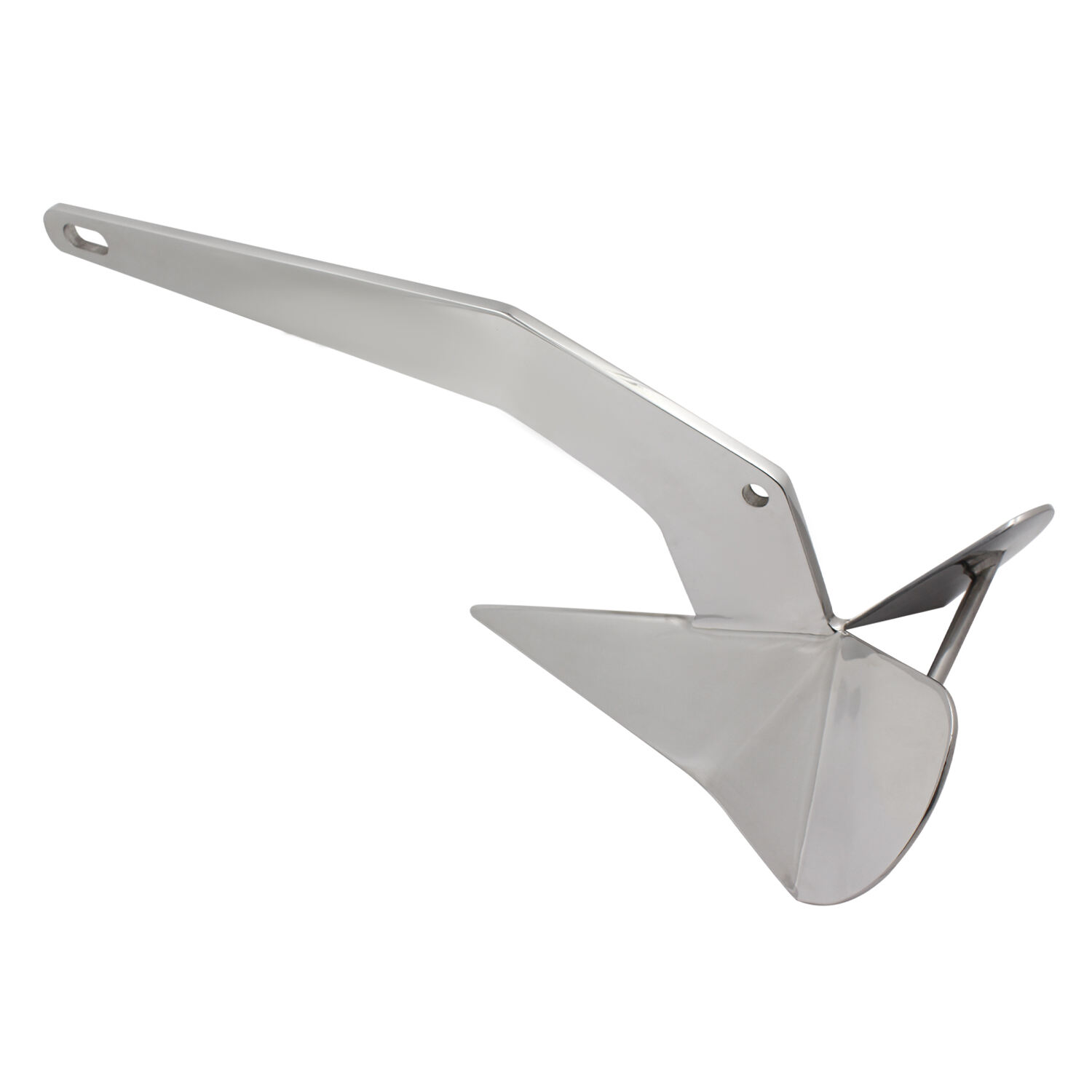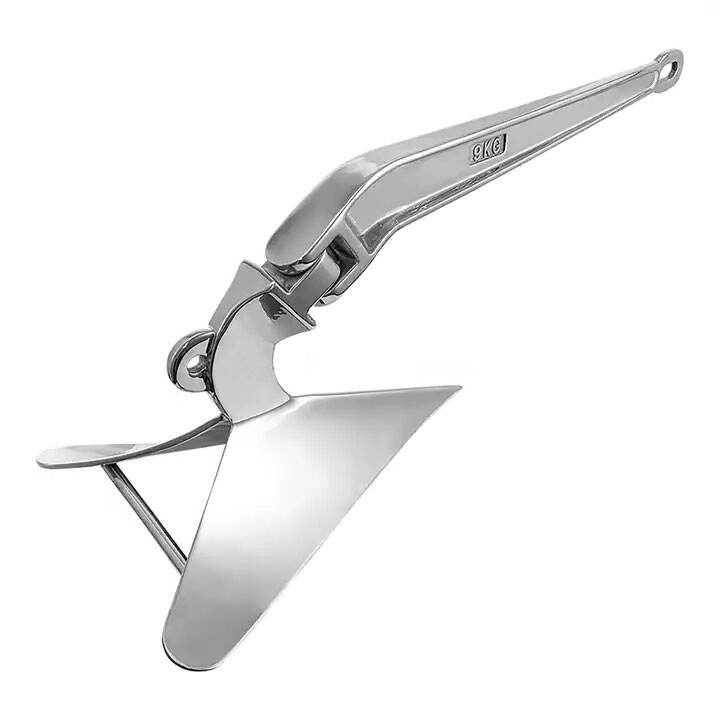Anchors are some of the most important tools in fishing. They can help you keep your boat in one place while you fish. Choosing the perfect anchor is essential for a day of fishing, and there are several different types of anchors to choose from. Simply knowing about these various fishing anchors…and knowing how to use them can help you catch more fish!
Choosing the right anchor, can have a large impact on your fishing experience. The type of anchor you require will depend on the size of your boat, the depth of the water where you are fishing, and the type of fishing you’ll be doing. Even with rough water, a quality anchor will secure your boat. That way you can concentrate on catching fish and not have to fuss with your boat blowing away.
Types of Fishing Anchors There are various types of Fishing Anchors each having their own set of features. One type is the grapnel anchor. This anchor hooks into rocks, coral or whatever is under the waves to keep your boat still. Another variation is a fluke anchor. It’s got sharp points along the bottom side that dig into the lake bed to keep your boat in place.

You can’t go fishing without a good anchor to hold your boat in place. Before you set your anchor, see to it that you are well positioned and have ample space for movement. When you have found a good spot, slowly drop your mirror into the water. Pay out plenty of rope to the bottom. Give your anchor a few tugs to ensure that it is secure and keeping your boat in place after it is set.

Anchoring can be difficult, particularly in various fishing conditions. Anchoring when Fishing in Shallow Waters If you are using a shallow depth anchor in a shallow water, the heavier weight means the anchor won’t drift or move in the water. In deep water, you may need a heavier anchor to hold your boat in place. In rough water, consider using more than one anchor to ensure that your boat doesn’t get loose.

If you want your fishing anchor to last a while, you do have to take good care of it. After use, rinse your anchor with fresh water to remove salt or debris that might lead to rust. Keep your anchor stored in a cool, dry place when you’re not using it. Inspect the ropes and chains on your anchor for signs of wear or damage, and replace them if necessary in order to secure your anchor.